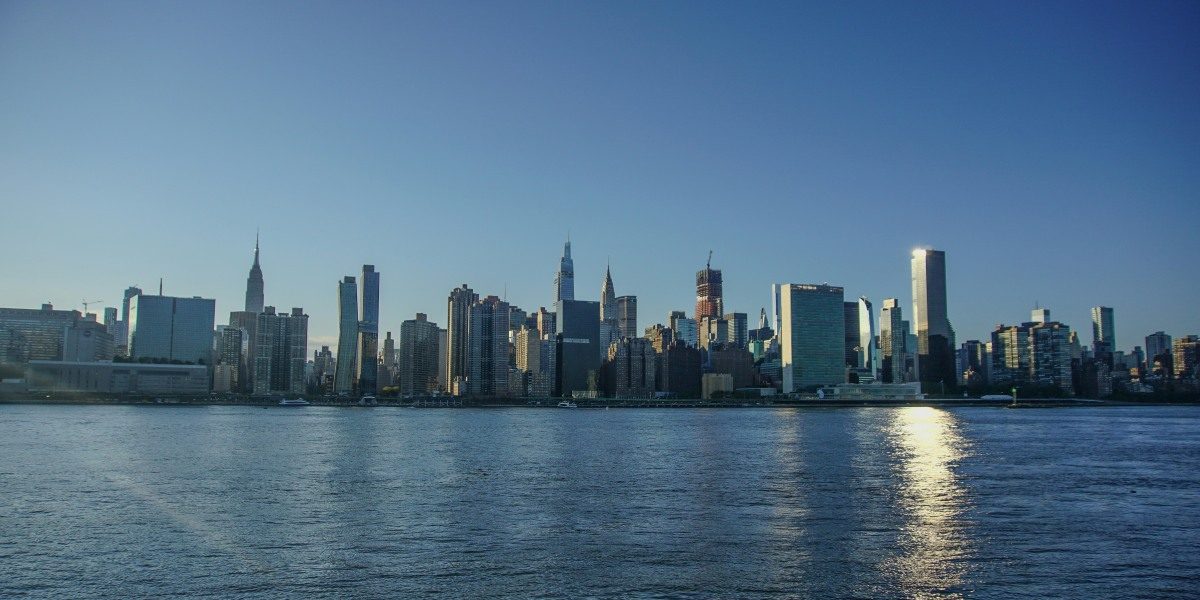Walk down any New York City street, and you’ll notice something as common as yellow cabs or corner coffee carts: scaffolding. From SoHo to the Upper West Side, it wraps around buildings like a second skin. For many New Yorkers, it’s just part of the landscape — but behind those metal poles and green plywood walls lies an entire industry dedicated to helping keep the city safe, beautiful, and structurally sound.
The Story Behind the Scaffolding
Scaffolding isn’t just there for decoration or construction convenience. It’s a symbol of New York’s ongoing commitment to building safety. The city’s skyline is filled with structures that are decades, even centuries, old. Constant exposure to harsh winters, heavy winds, and summer heat gradually wears down façades — the outer “face” of a building.
To address that, New York City introduced Local Law 11, also known as the Façade Inspection Safety Program (FISP). This law requires periodic inspections and repairs of building exteriors to ensure that no loose bricks, cracked stone, or unstable sections could pose a danger to the public below.
Keeping the City Safe, One Façade at a Time
Behind each stretch of scaffolding are specialists inspecting, repairing, and restoring the surfaces that define New York’s architectural character. From ornate prewar co-ops to sleek modern towers, these repairs require a mix of engineering, craftsmanship, and historical sensitivity.
As one LL11 façade repairs contractor in NYC explains, every façade tells a story. Some repairs involve carefully repointing century-old brick, while others require modern waterproofing systems and structural reinforcements. Whether the goal is to meet legal standards or simply preserve beauty, the work aims to protect both residents and pedestrians alike.
Why So Much Scaffolding?
If it feels like scaffolding is everywhere, that’s because it is — and for good reason. With tens of thousands of buildings subject to Local Law 11, there’s always an inspection or restoration project underway. Each building over six stories tall must undergo a detailed examination of its exterior walls every five years.
That adds up to thousands of projects citywide, helping to ensure that loose masonry or corroded metal doesn’t turn into a safety hazard. Scaffolding provides the access crews need to do the job safely, and while it may block sunlight or storefronts temporarily, it’s a visible reminder that safety comes first.
It’s Not Just About What’s Above
Safety in New York doesn’t stop at the building’s edge — it extends right down to the sidewalks. The same city regulations that govern façades also hold property owners responsible for the walkways beneath our feet. Cracked or uneven slabs can lead to injuries and liabilities, making timely maintenance helpful. According to leading sidewalk contractors in NYC, “Many of the same weather conditions that damage façades also weaken sidewalks. Regular repairs may help prevent accidents and protect property owners from potential liability.” Together, both systems — façades and sidewalks — form the city’s first line of public safety.
The Art and Science of Restoration
Façade repair work is as much about artistry as it is about engineering. Restorers must match materials and textures from different eras, often blending modern durability with historic design. Terra cotta details, limestone cornices, and intricate brick patterns require precision to restore without altering a building’s original charm.
Beyond safety, these projects can breathe new life into neighborhoods. A beautifully restored façade may add to a building’s value, improve its energy efficiency, and enhance the visual fabric of the city. For residents, that means pride of place — and often a boost in property value once the scaffolding is removed.
The Future of NYC’s Building Exteriors
As technology advances, façade restoration is becoming smarter and more sustainable. Drones now assist inspectors in hard-to-reach areas, and new composite materials last longer with less maintenance. The next generation of restoration work could help protect the past and contribute to shaping the city’s future.And yet, the heart of the process remains the same: skilled workers restoring the exteriors that make New York recognizable around the world.
The Next Time You Look Up
So the next time you walk beneath a scaffold, don’t just see inconvenience — see care. Each project represents countless hours of labor, planning, and expertise, all working quietly to keep millions of New Yorkers safe. The city’s skyline is constantly evolving, and the scaffolding that frames it reflects that behind every great building, there’s a team working to ensure it stands strong for generations to come.

















